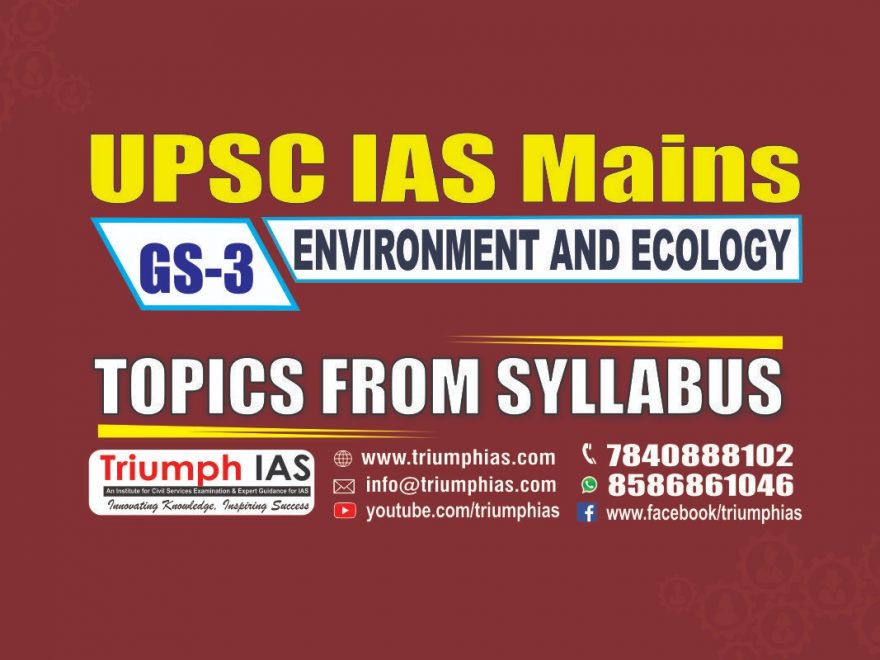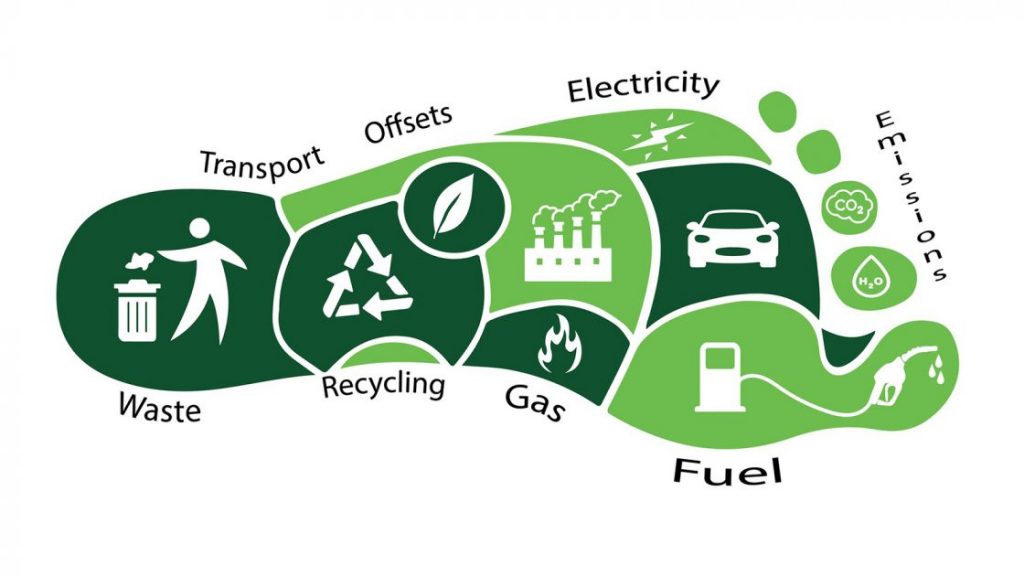Relevance: Mains: G.S paper III: Environment
- Global warming with the burgeoning anthropogenic greenhouse gas (GHG) emissions (400 parts per million from 280 ppm CO2, emissions of pre-industrial era) has been altering the climate, eroding the ecosystem productivity and sustenance of water, thus affecting the livelihood of people.
- GHG footprint needs to be in balance with sequestration of carbon to sustain ecosystem functions.
- Forests are the major carbon sink (about 45%) that aid in mitigation global warming.
- The land use land cover (LULC) dynamics leading to deforestation and land degradation is the prime driver of global warming due to the loss of carbon sequestration potential as well as emission.
Carbon Footprint
- Carbon footprint is contributed by emissions from the energy sector (68%), agriculture (19.6%), industrial processes (6%), LU change (3.8%) and forestry (1.9%), respectively in India with CO2, emission of about 3.1 MGg (2017) and the per capita CO2 emission of 2.56 metric tonnes.
- India has committed at the Paris Climate Change Agreement to reduce its emissions by 33-35% by 2030, which necessitates immediate implementation of carbon capture (with afforestation of degraded landscapes with native species, regulations of LULC change) and de-carbonisation (through large-scale implementation of renewable and sustainable energy alternatives).
- For this, stringent norms must be developed towards (1) potential of ecologically fragile regions, (2) dis-incentives for continued higher emission based on ‘polluter pays’ principle, (3) adoption of cluster-based decentralized development approaches, and (4) incentives for reduced emission.
- The carbon trading has demonstrated the potential in monetary values across the globe of Indian forests in capturing carbon.
- The carbon credit mechanism and streamlining stakeholder’s active participations would dramatically reduce the abuse of forests. Water and food security towards sustainable and healthy living:
- Alternations of landscape structure in the catchment areas influence the hydrological regime leading to variations in the hydrological status.
- The streams are perennial when its catchment is dominated by vegetation (>60%) of native species. This is mainly due to infiltration or percolation in the catchment as soli is porous with the presence of native species.
- Diverse microorganisms interact with plant roots and soil helps in the transfer of nutrients from the soil to plants and the soil is porous.
- Fragmented governance and the deteriorating ecological ethics with the lack of vision among the decision makers are the principal reasons of deforestation and land degradation.
- Streams with its catchment dominated native species vegetation (>60%) have higher soil moisture and groundwater in comparison to the catchment (of seasonal streams) during dry spell of the year. It facilitates farming of commercial crops with higher economic returns to the farmers.
- Sustenance of water in a river ensures the food security in the region which is dependent on the land use dynamics (forest vegetation cover) in its catchment. Conclusion:
- Thus, catchment integrity plays a decisive role in sustaining water for societal and ecological need.


